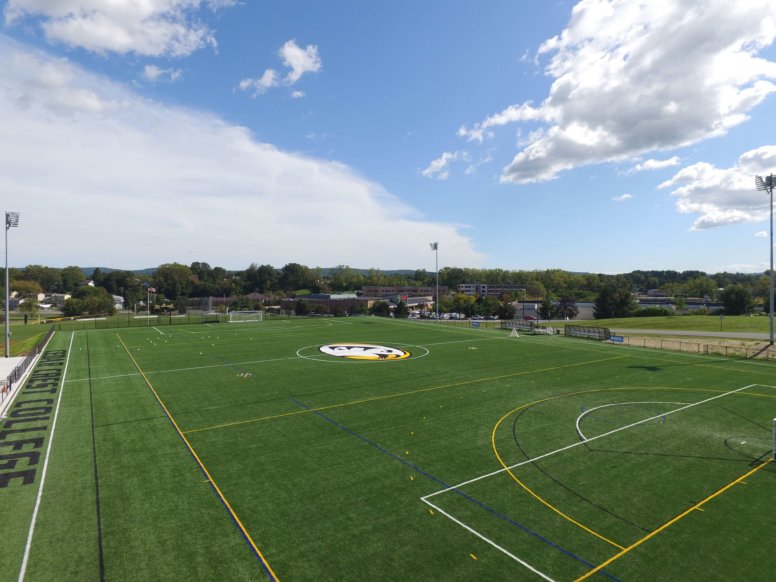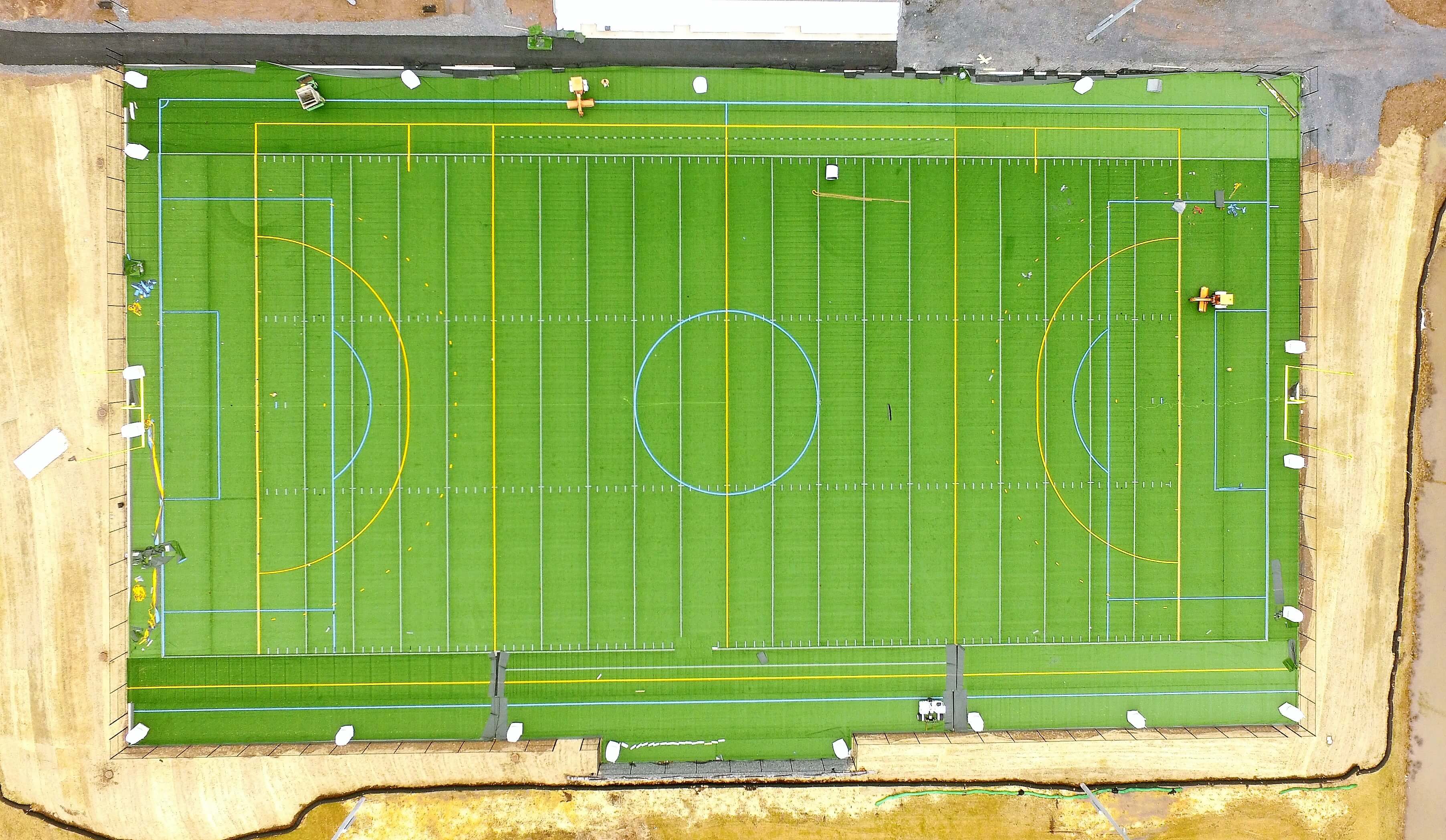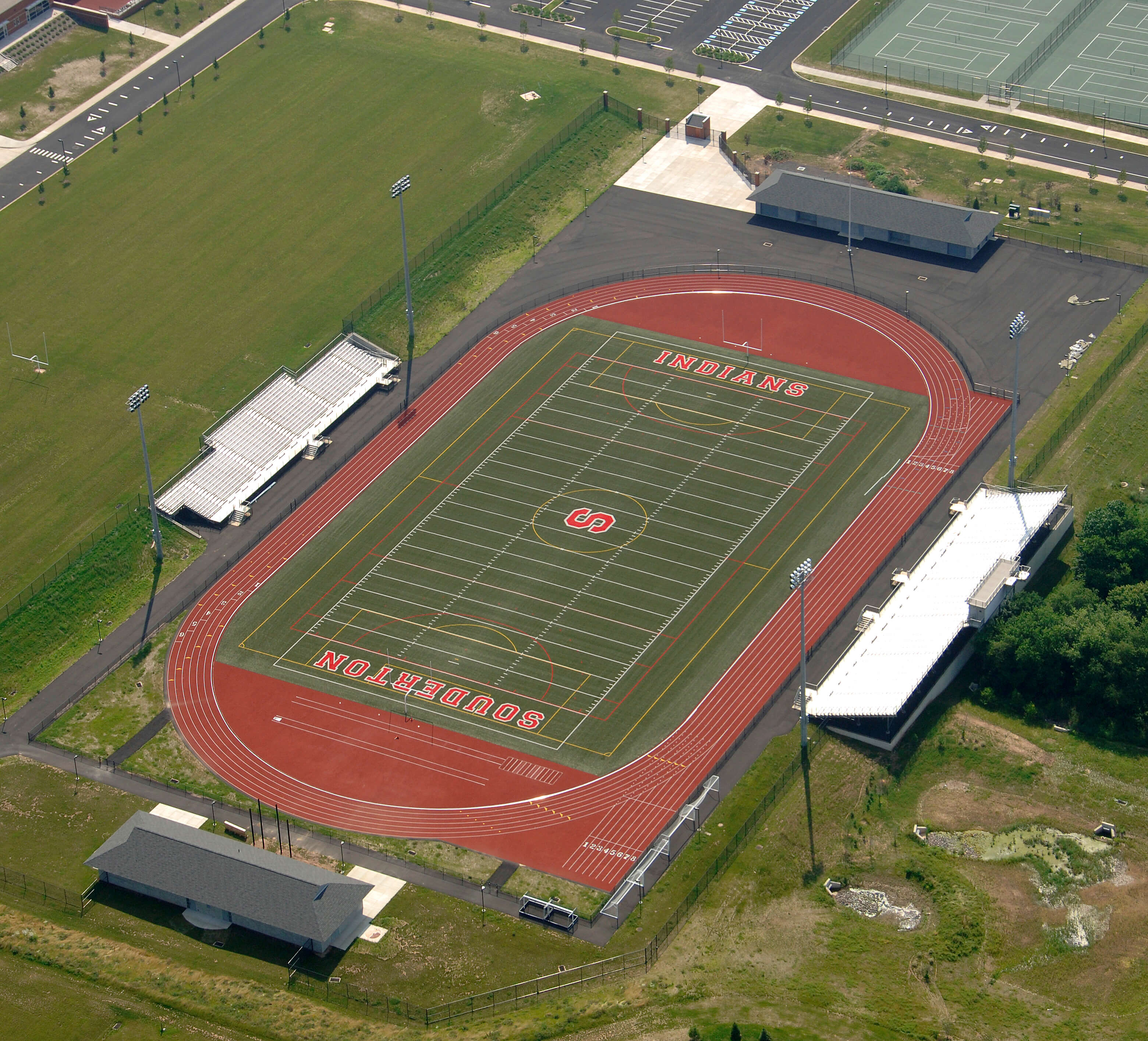
Artificial turf yields real benefits
When it comes to being able to offer students a comprehensive and year-round athletic experience, artificial turf is playing an increasingly important role in facility development plans. While its durability and versatility make it a sound investment for many educational facilities, incorporating turf into your school’s athletic fields is a process that requires careful planning and a skilled contractor.
The benefits of artificial turf
From long-term budgeting to the more immediate gains of expanded usage, artificial turf brings a host of benefits.
Cost reduction is key for educational institutions looking to offer more in an increasingly competitive environment. While artificial turf involves more of an upfront investment than natural grass, the savings mount over time. Many schools seek to cut costs by trading the recurring expense of seed, fertilizer, irrigation, maintenance and landscaping for the initial cost of turf installation which, once in place, requires very little upkeep and can last up to a dozen years or more if maintained.
Speaking of easier upkeep, less downtime for maintenance results in more active use time for students. And because artificial turf is not as susceptible to the effects of weather, it’s highly versatile, and able to be used for a diversity of activities year-round. Schools looking to distinguish themselves with a robust athletic program often turn to artificial turf to draw prospective students interested in activities ranging from marching band to soccer.
What is artificial turf, and how is it installed?
Artificial turf is made up of filaments that are woven onto a porous backing so water can seep through rather than collecting on the surface. Any water or precipitation goes through to a second layer constructed for drainage. Fillers are also used to keep the turf in place and secure.
There are multiple steps involved with laying artificial turf, starting with pre-installation to prepare, clear, install the underdrains and level the ground for the layers to come. Next comes the drainage layer, which can be made up of gravel or other materials, and is compacted before turf is laid over it. The turf needs to be custom fit to your field’s specifications, and the edges tucked and secured. The last steps involve infilling to provide weight and keep the blades standing upright, and a final grooming to ensure the infilling is settled and there is no surface debris.

Quakertown High School – In Process
What should my school consider when planning to install artificial turf?
There are many variables when it comes to artificial turf, and a skilled construction firm can help guide you to choose the options that best suit your needs. Here are some questions to consider when planning to incorporate artificial turf into your campus:
- What material is right for your turf?
- What kind of drainage system will work best for you?
- Which coating or backing will work best in your climate/situation for optimal turf binding?
- What methods and materials will work best in securing your turf? (Look here for a company that can guide you in the right combination and placement of glue, seaming tape, and nails—specifically non-galvanized nails.)

Souderton High School
Skepton Construction has extensive experience in working with educational facilities to navigate these questions and successfully install artificial turf that’s durable enough to serve the school community for years. With expert guidance like this, artificial turf can be a sound investment in your school’s athletic program, enriching student life while reducing costs in the long-term.
